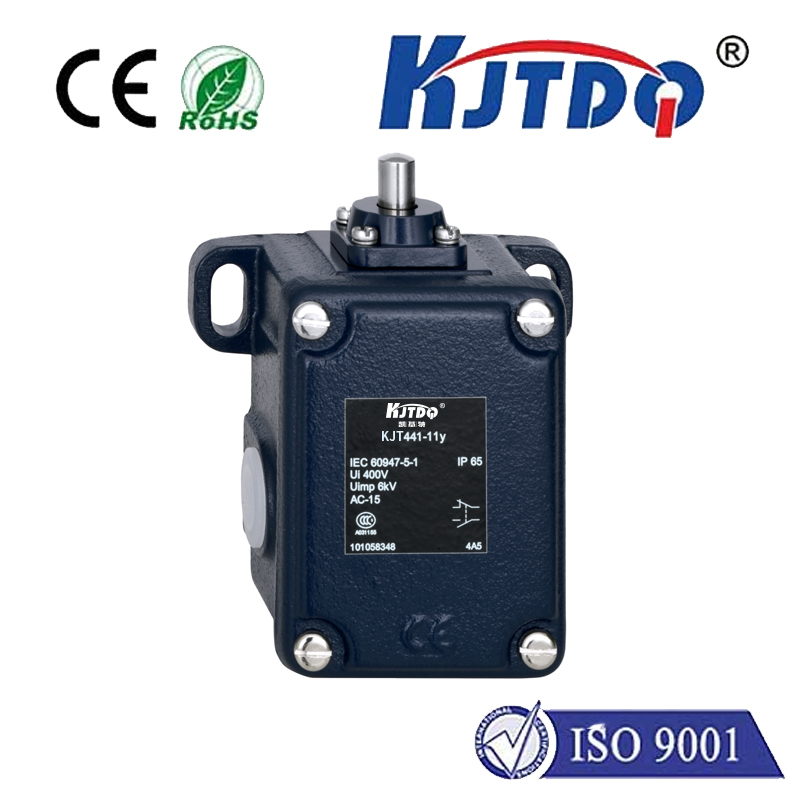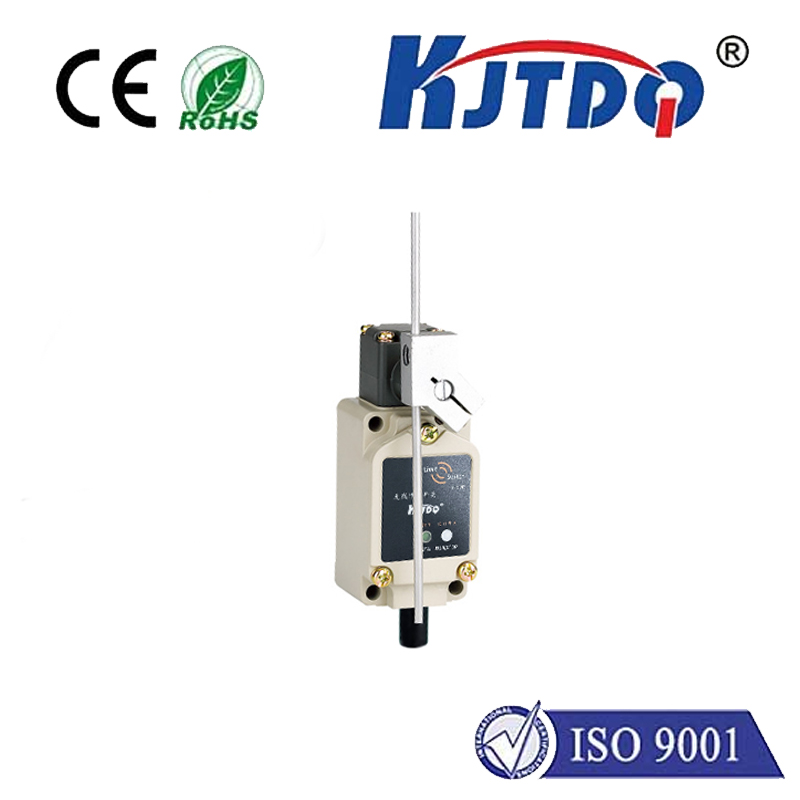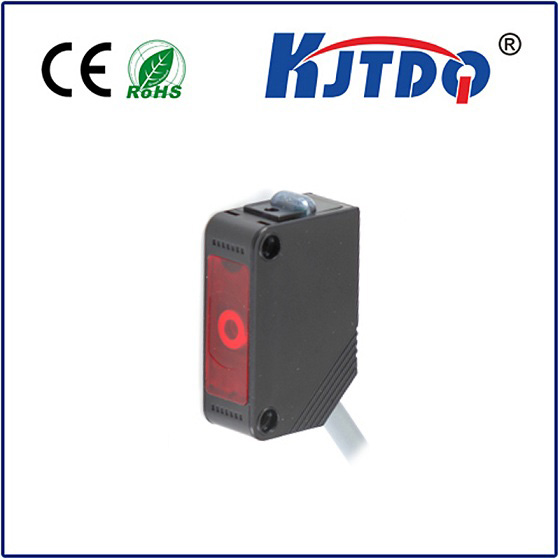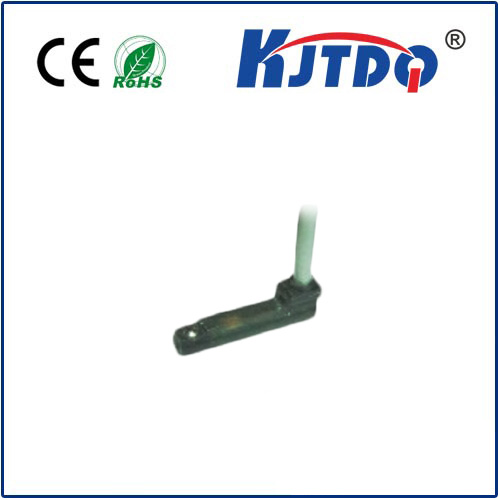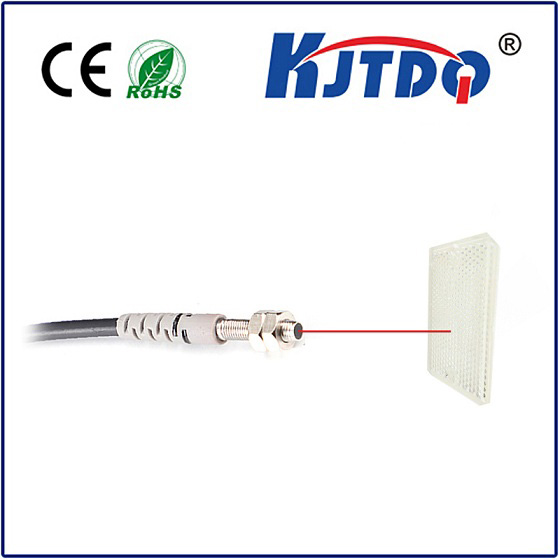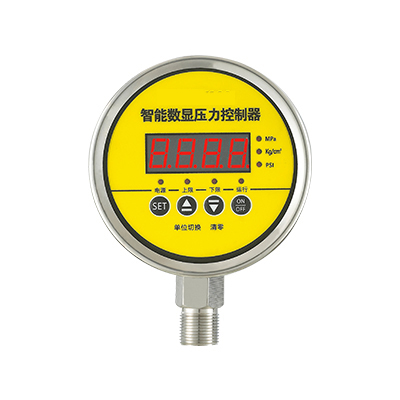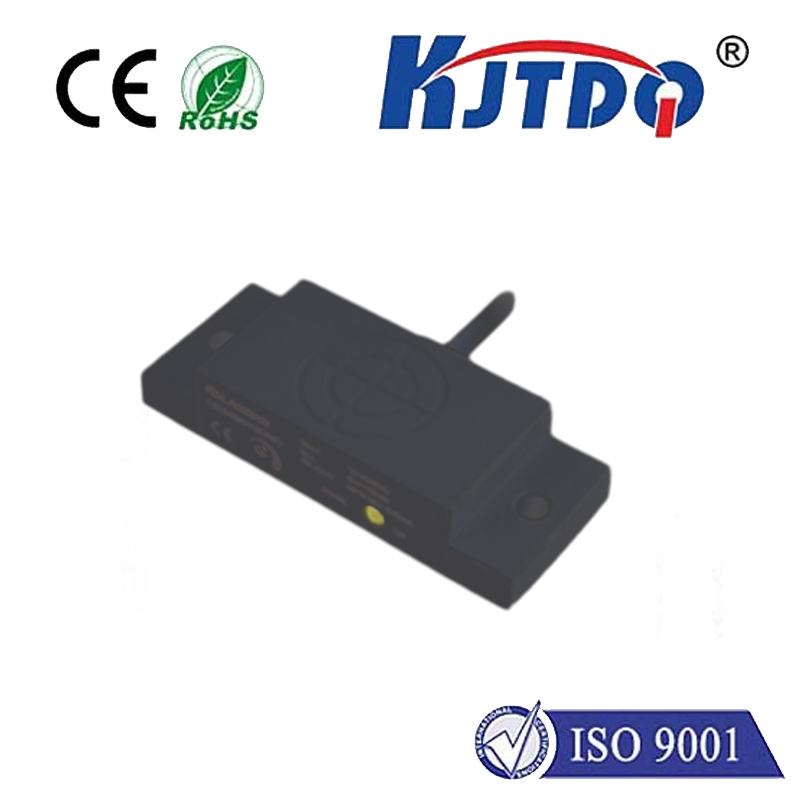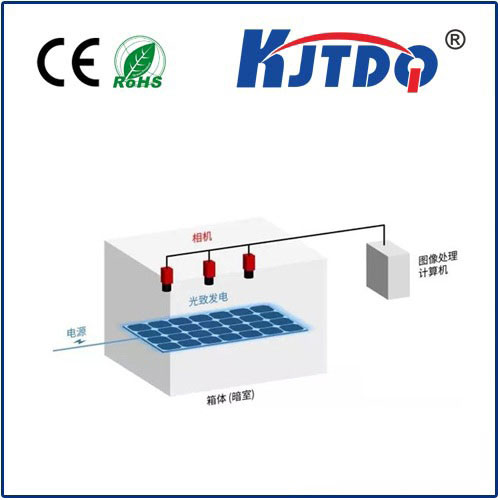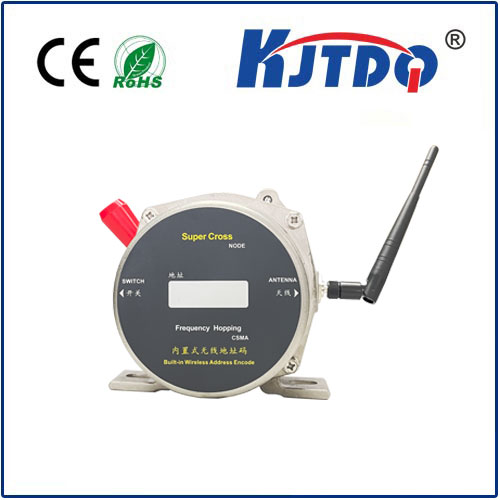
check

check

check

check

Title: The Innovative World of Photo Reflective Sensors In the rapidly evolving world of technology, photo reflective sensors have emerged as a game-changer. These ingenious devices have found their way into an array of applications, from automatic doors to advanced robotics. But what exactly are photo reflective sensors, and how do they work? Let’s delve deeper into this fascinating topic. A photo reflective sensor, also known as a photoelectric sensor, is a type of electronic component that detects the presence of an object by measuring the change in light intensity. It consists of a light source, such as a Light Emitting Diode (LED), and a photodetector, which is typically a transistor or an integrated circuit. When the light beam emitted by the LED strikes an object, it reflects back towards the photodetector. The photodetector then measures the intensity of the reflected light, which corresponds to the distance between the sensor and the object. One of the key advantages of photo reflective sensors is their ability to operate over long distances. Unlike other types of sensors, such as capacitive or inductive sensors, photo reflective sensors can detect objects from several meters away. This makes them ideal for applications where precise distance measurement is crucial, such as in automotive parking assist systems or industrial automation. Photo reflective sensors are also highly versatile. They can be used to detect a wide range of materials, including metals, plastics, and even transparent objects. This flexibility allows them to be employed in various industries, from food processing to pharmaceuticals. Furthermore, these sensors are不受 electromagnetic interference, making them suitable for use in harsh environments where other sensors may struggle. Another advantage of photo reflective sensors is their low power consumption. Since they only require a small amount of current to operate, they can significantly extend the battery life of portable devices. Additionally, their compact size and lightweight design make them easy to integrate into existing systems without taking up too much space. In conclusion, photo reflective sensors have revolutionized the way we interact with our environment. Their ability to accurately measure distances, combined with their versatility and low power consumption, has opened up new possibilities in numerous industries. As technology continues to advance, we can expect photo reflective sensors to play an increasingly important role in shaping our future.

